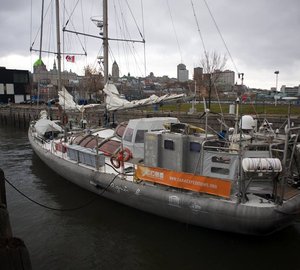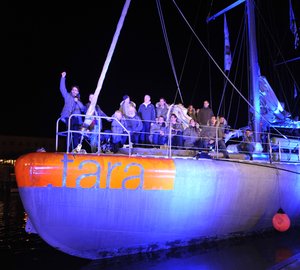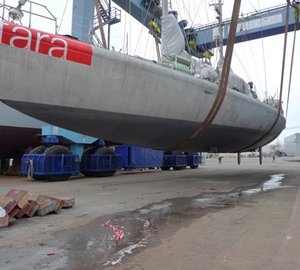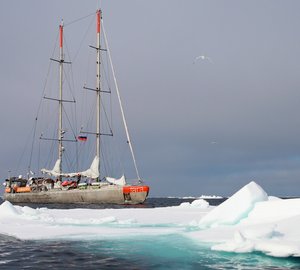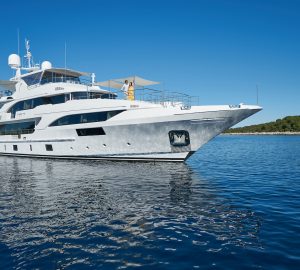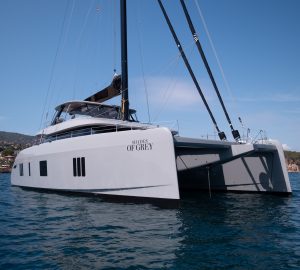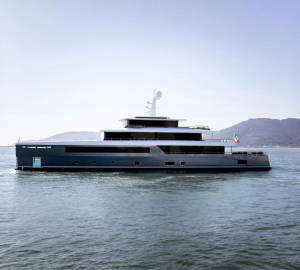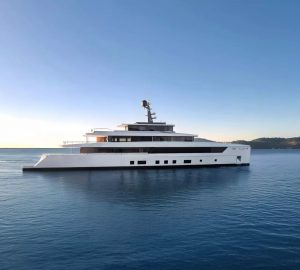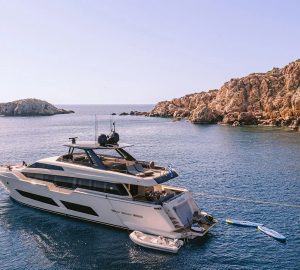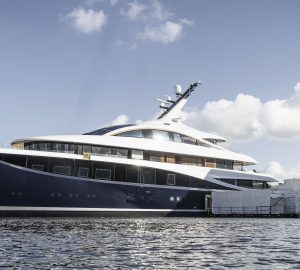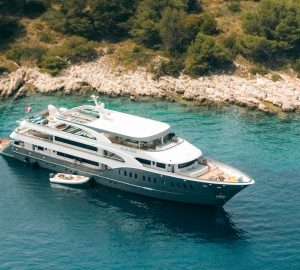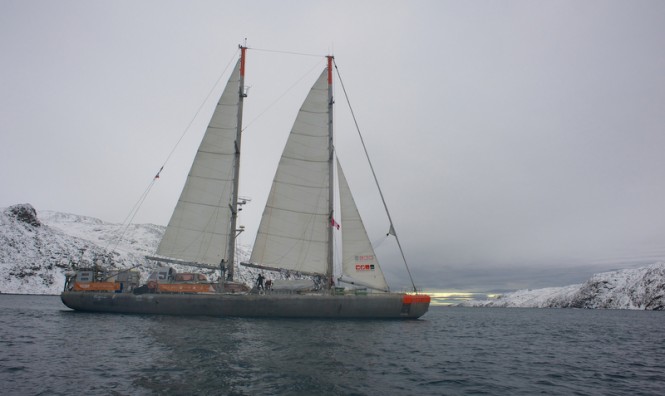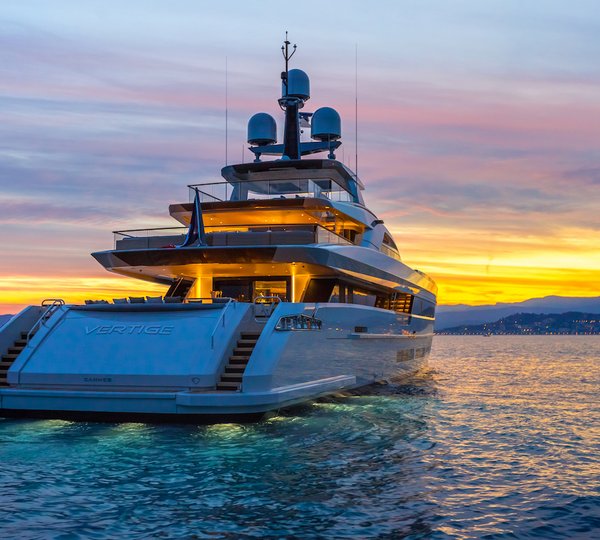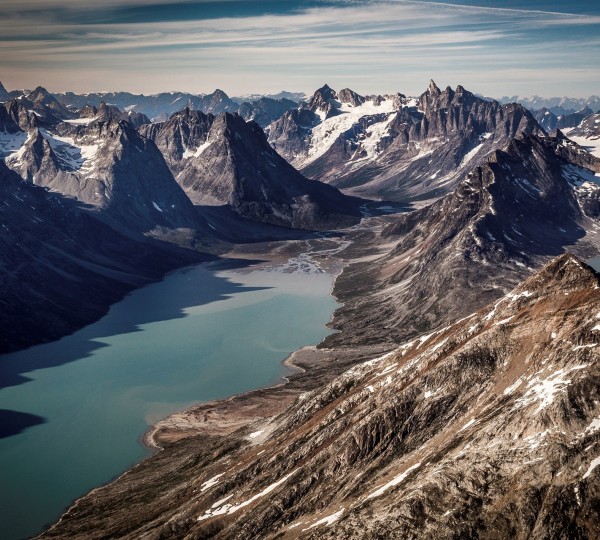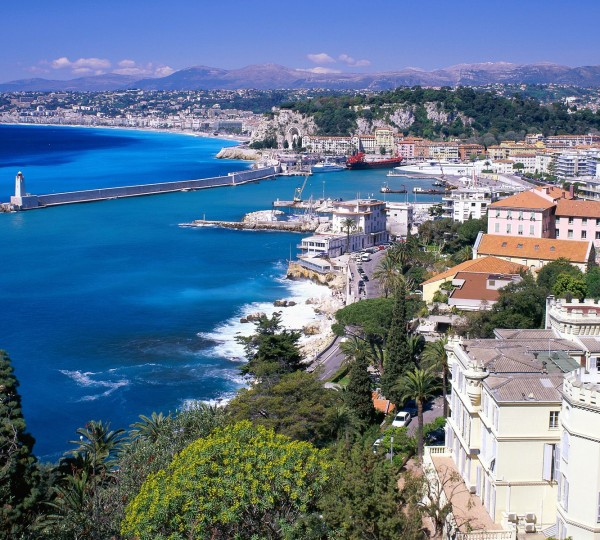Saturday, September 28, saw sailing yacht Tara cross the Canadian Northwest Passage, a little over one month after traversing the Northeast Passage in Russia. The Tara Oceans Polar Circle expedition proceeds with its goal to better understand the Arctic ecosystem by exploring the rarely studied planktonic species near the pole.
On Saturday, an extremely stable anti-cyclone presided over the northern Canadian Nunavut region, allowing expedition yacht Tara to sail in perfect weather conditions. At dawn, Tara entered the Prince Regent Inlet, scattered with new ice typical at this time of year as the ice pack begins to reform.
In the morning, Tara yacht’s captain, Loïc Vallette received a radio message from the Canadian Coast Guard icebreaker Louis St-Laurent inviting Tara to be escorted. This enabled Tara to cross a barrier of 100 km in half a day, through ice 15 cm thick covering 95% of the surface. Without help from the Canadians, the schooner would have taken a lot more time, including a crucial slalom in the dark between new and old ice floes.
This time saved was put to use on Sunday. The purpose of this expedition is not to realize an exploit, but to bring back a maximum of good quality samples. The scientific team went back to work and enjoyed exceptional weather conditions while conducting a 48-hour scientific station in Lancaster Sound.
The next expedition stopovers are planned in Arctic Bay and Pond Inlet in Canadian Nunavut on October 4th and 6th. Then follow Ilulissat in Greenland, Quebec, Saint Pierre and Miquelon, and finally the return to Lorient (France) in early December.
Despite the presence of more ice compared to the past 4 years, the Northeast and Northwest Passages were traversed in the planned time, including the scheduled sampling stations, thereby dispelling any possibility of having to spend the winter in the Arctic. According to Jean-Claude Gascard, Emeritus CNRS Research Director of LOCEAN at the University Pierre and Marie Curie, “In general, the Northeast and Northwest Passages will tend to open up earlier and close in later, except for seasonal anomalies related to natural variability, as seen this year.”

